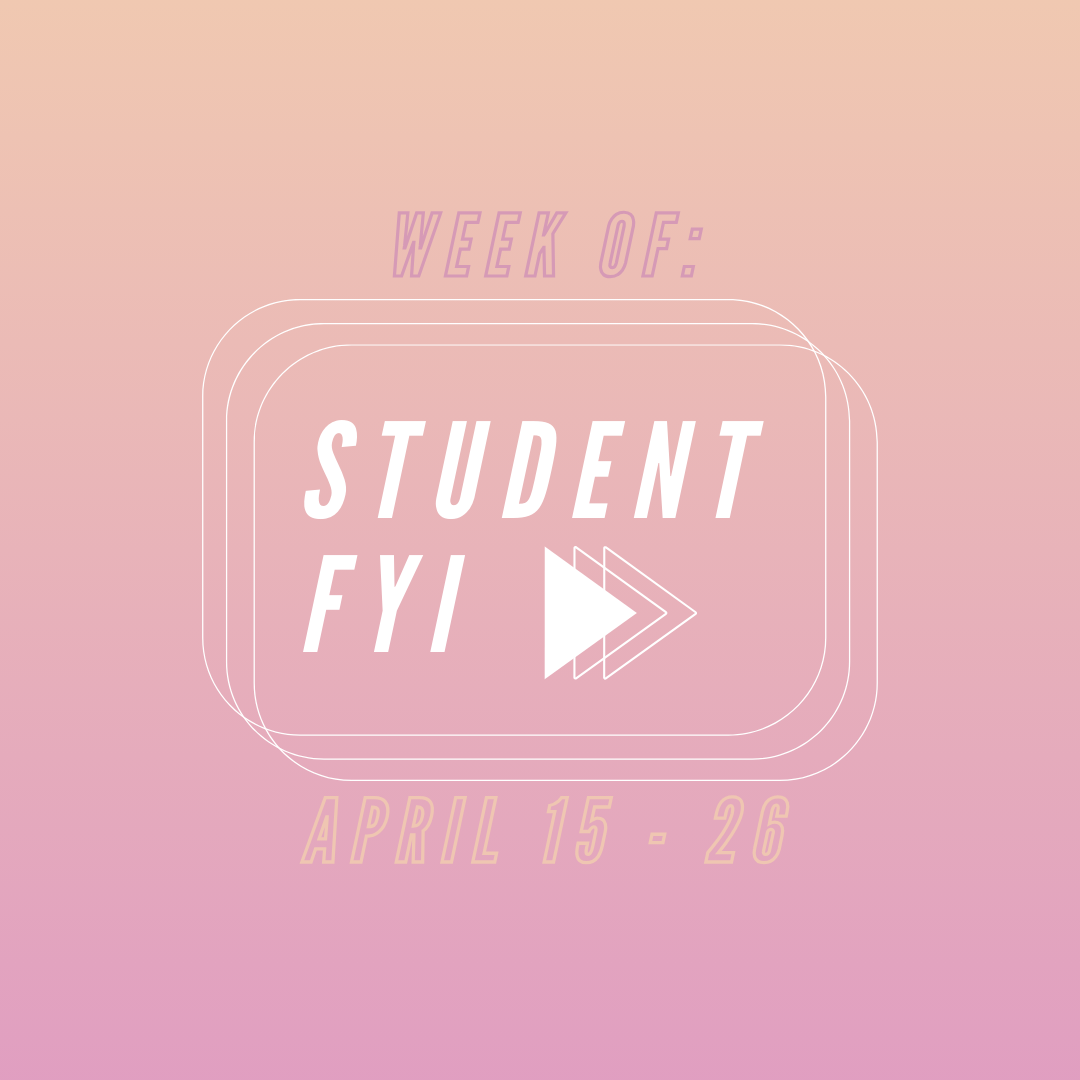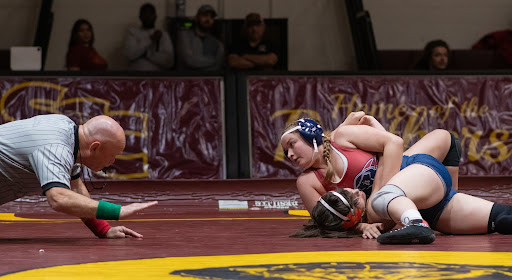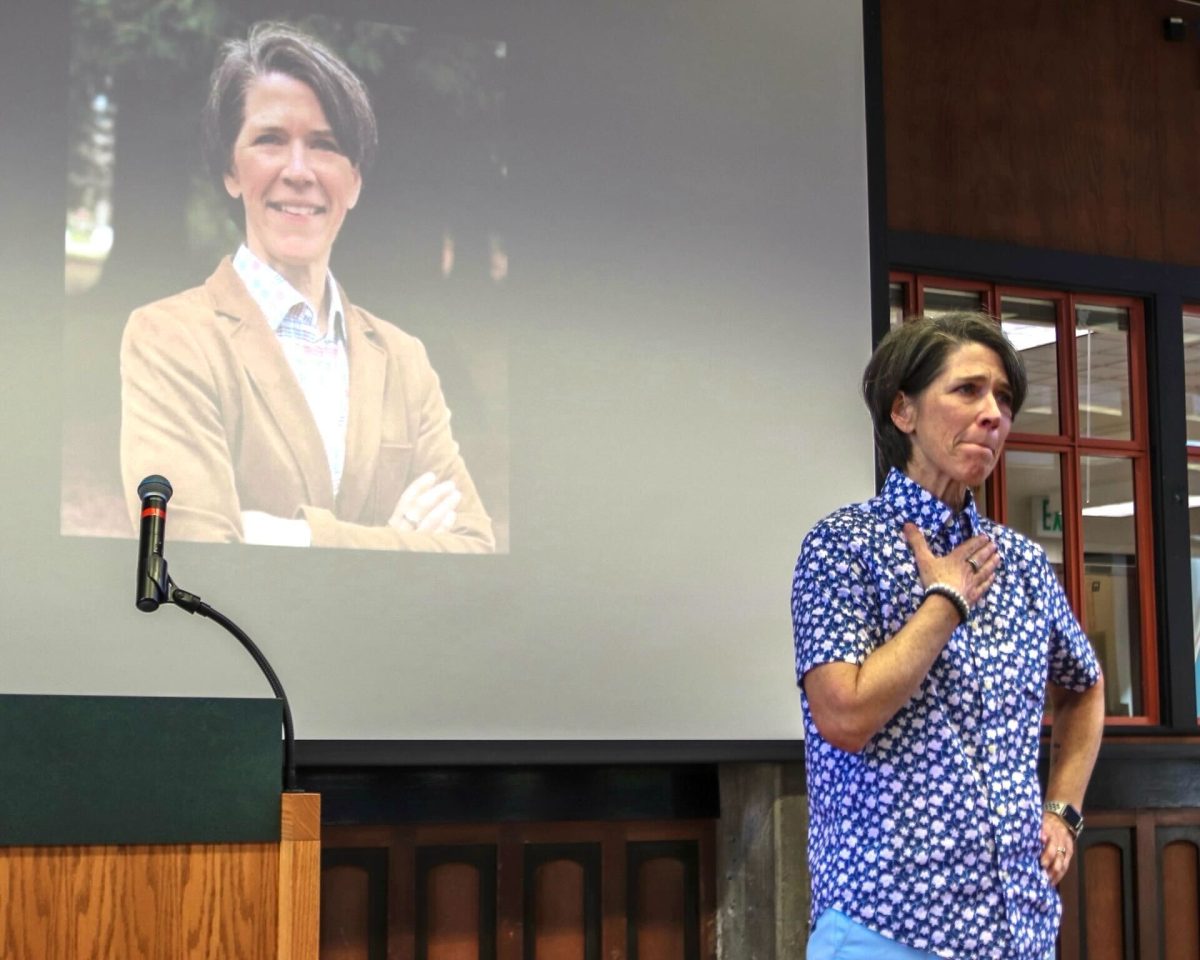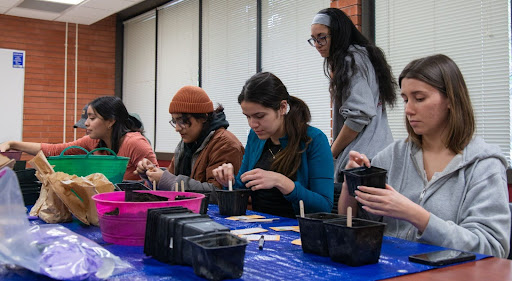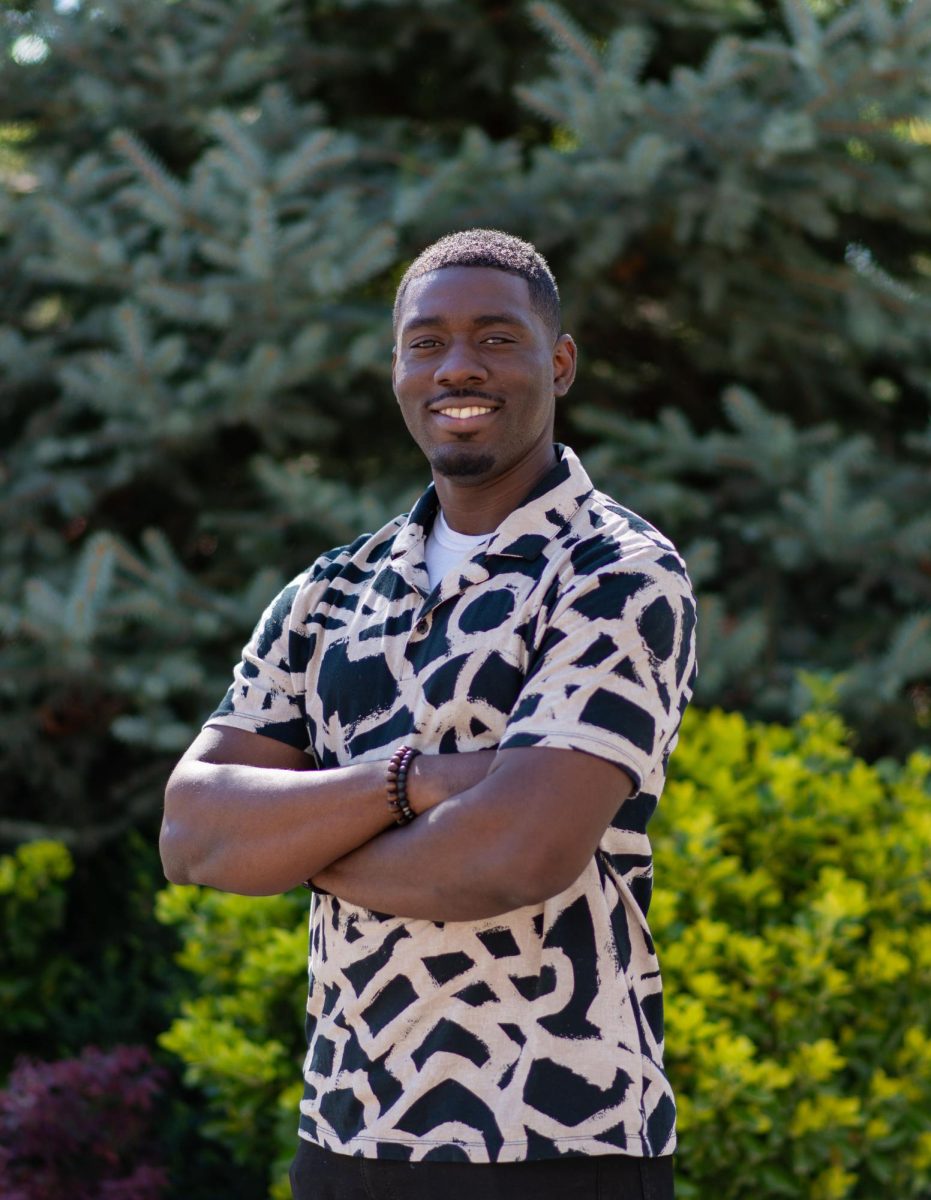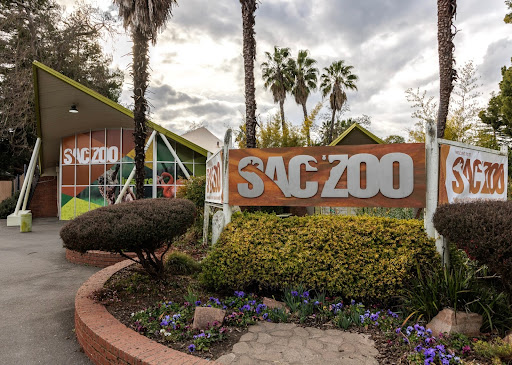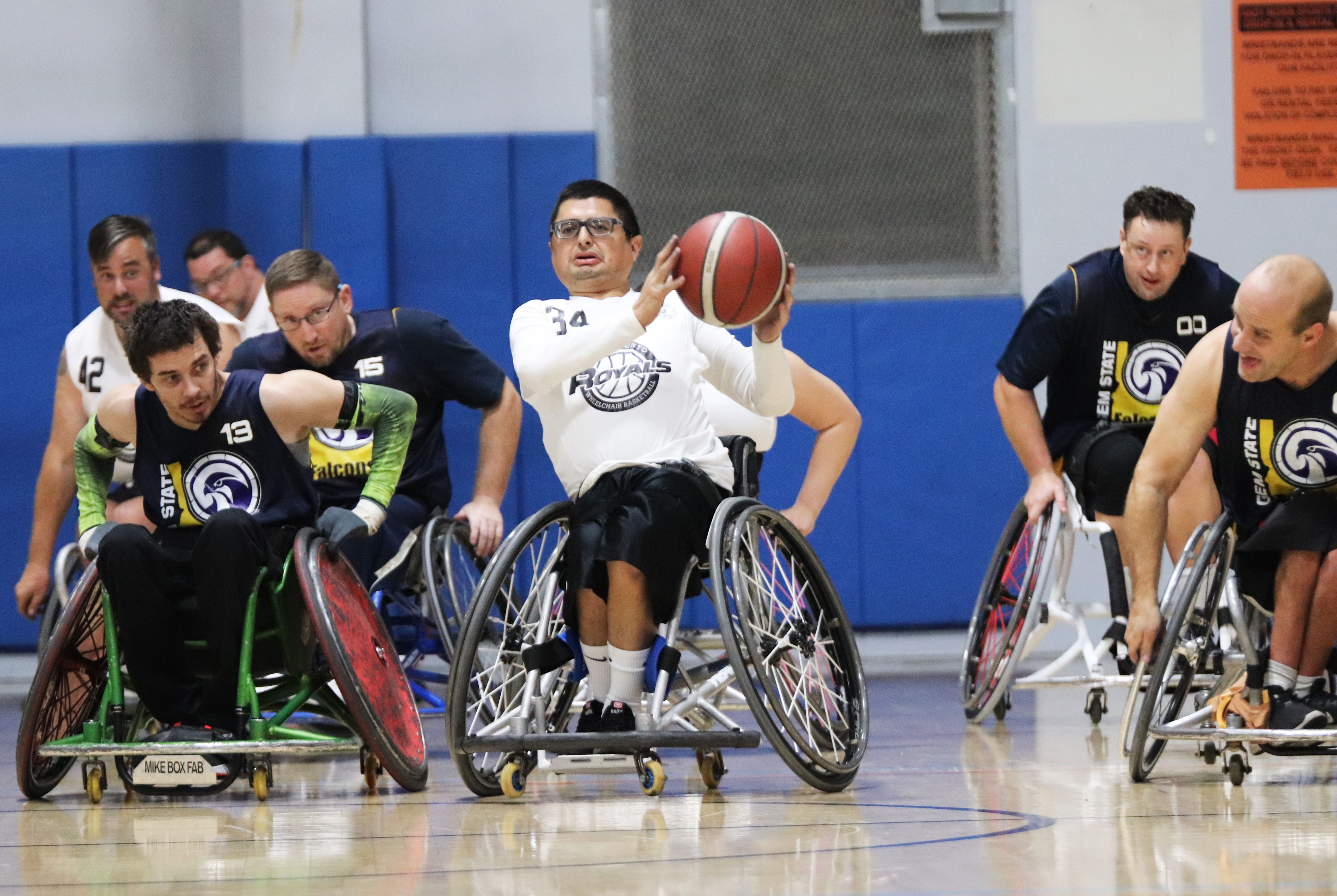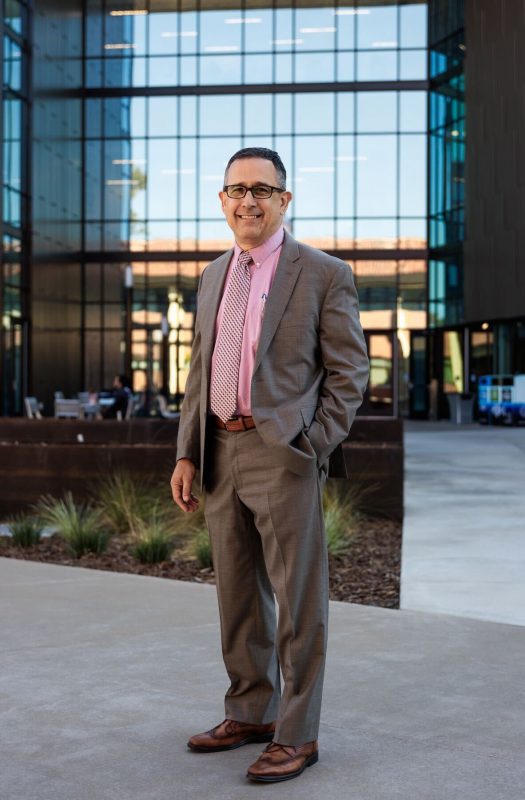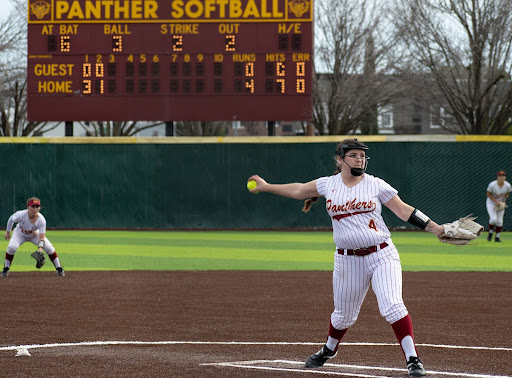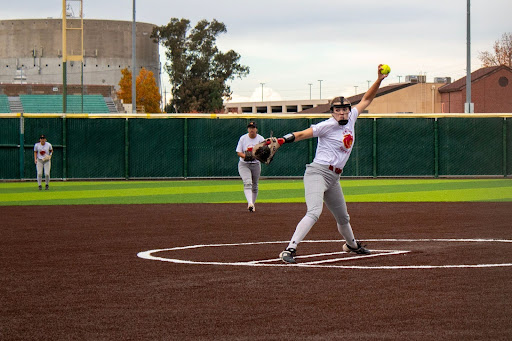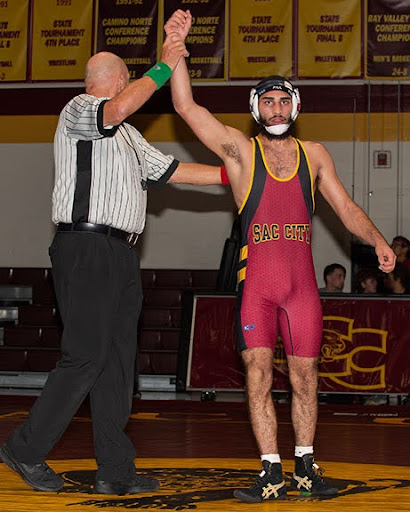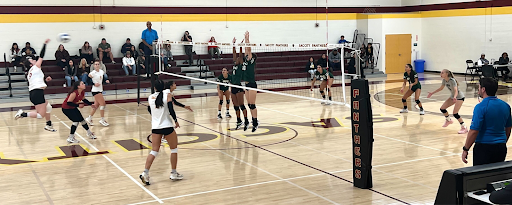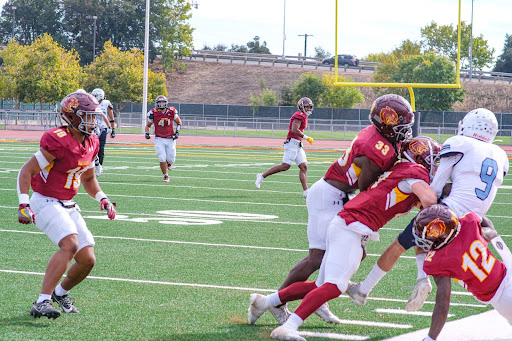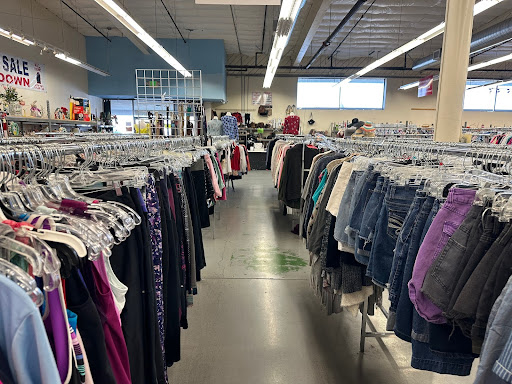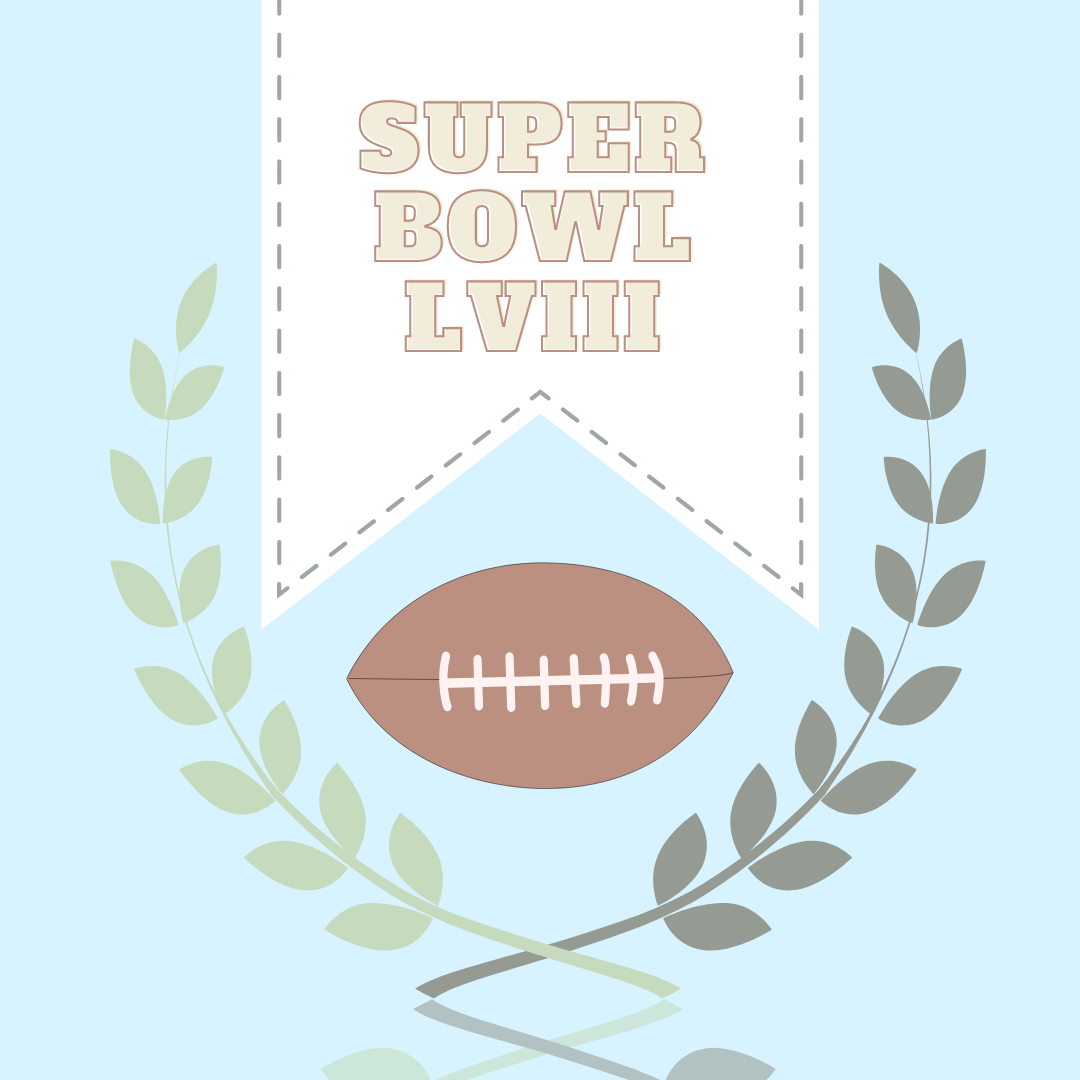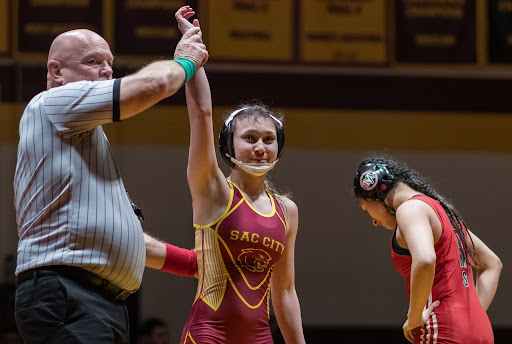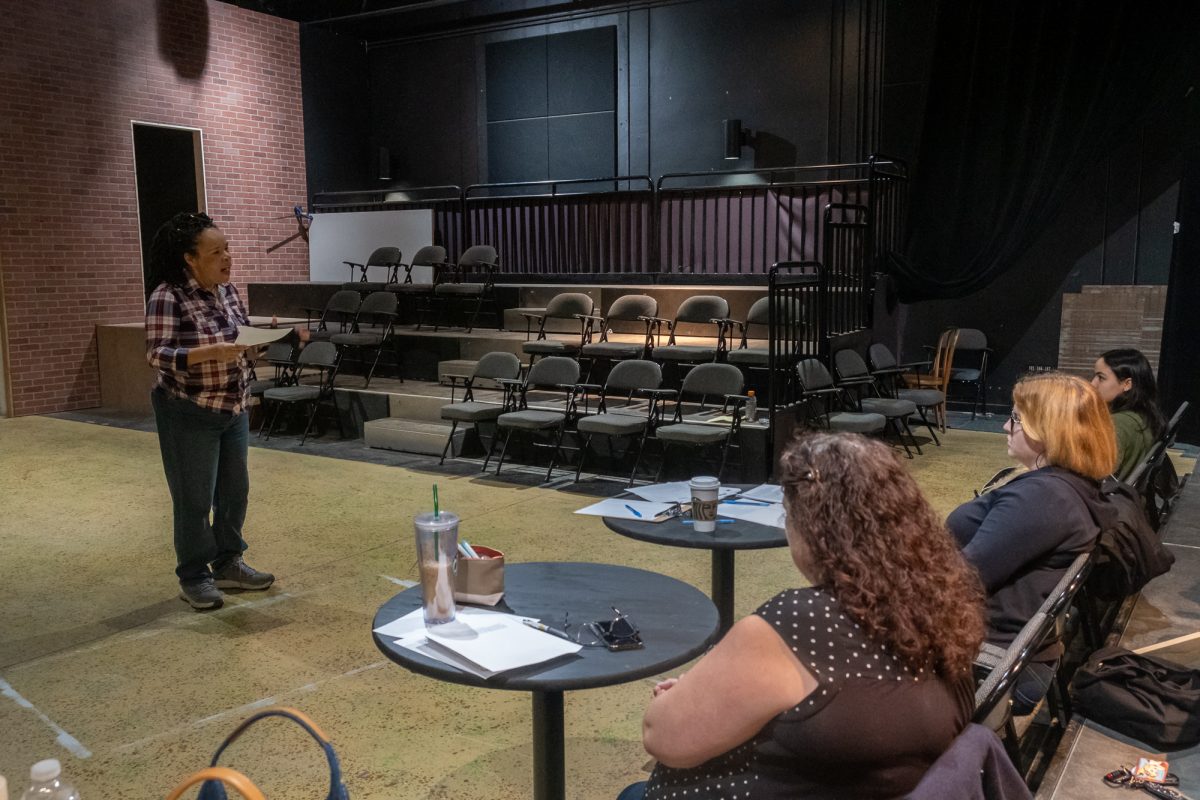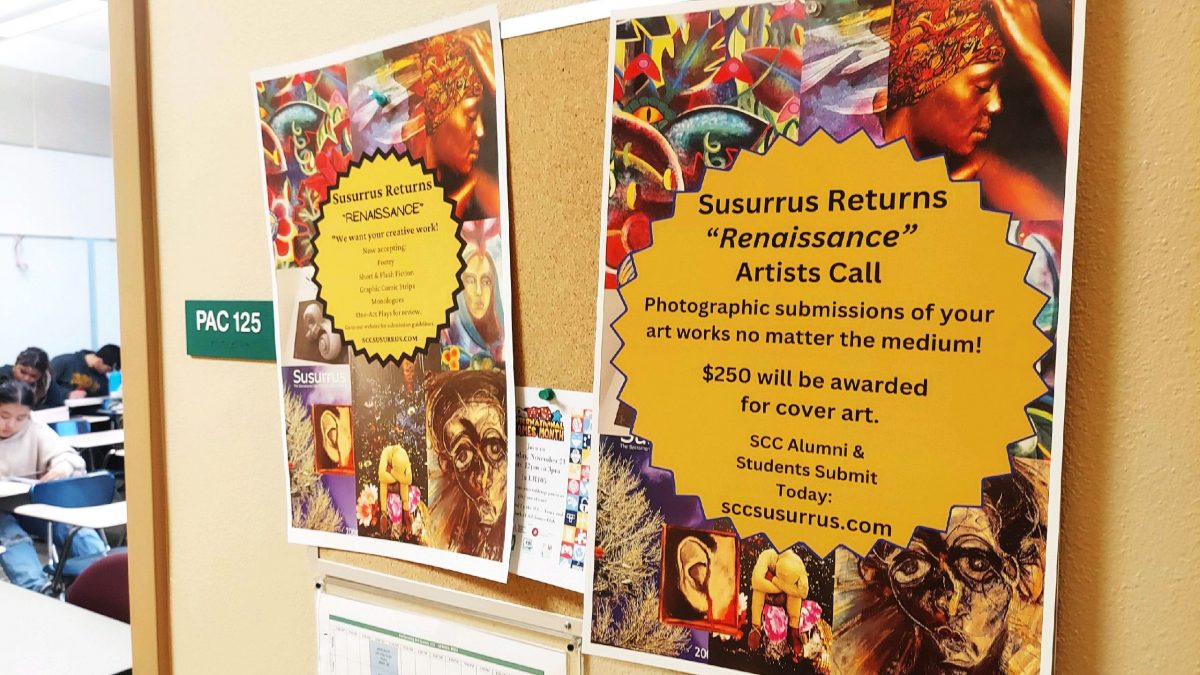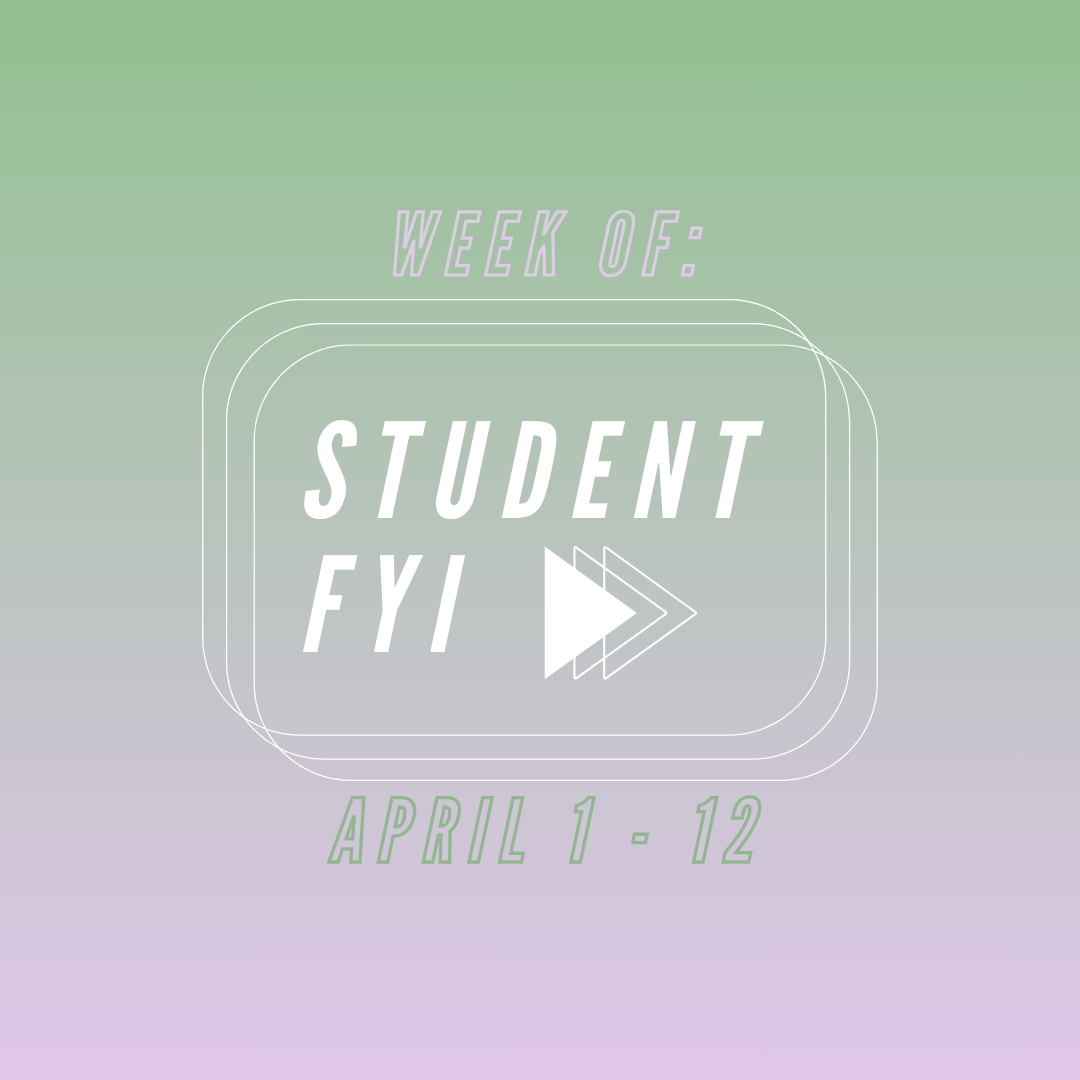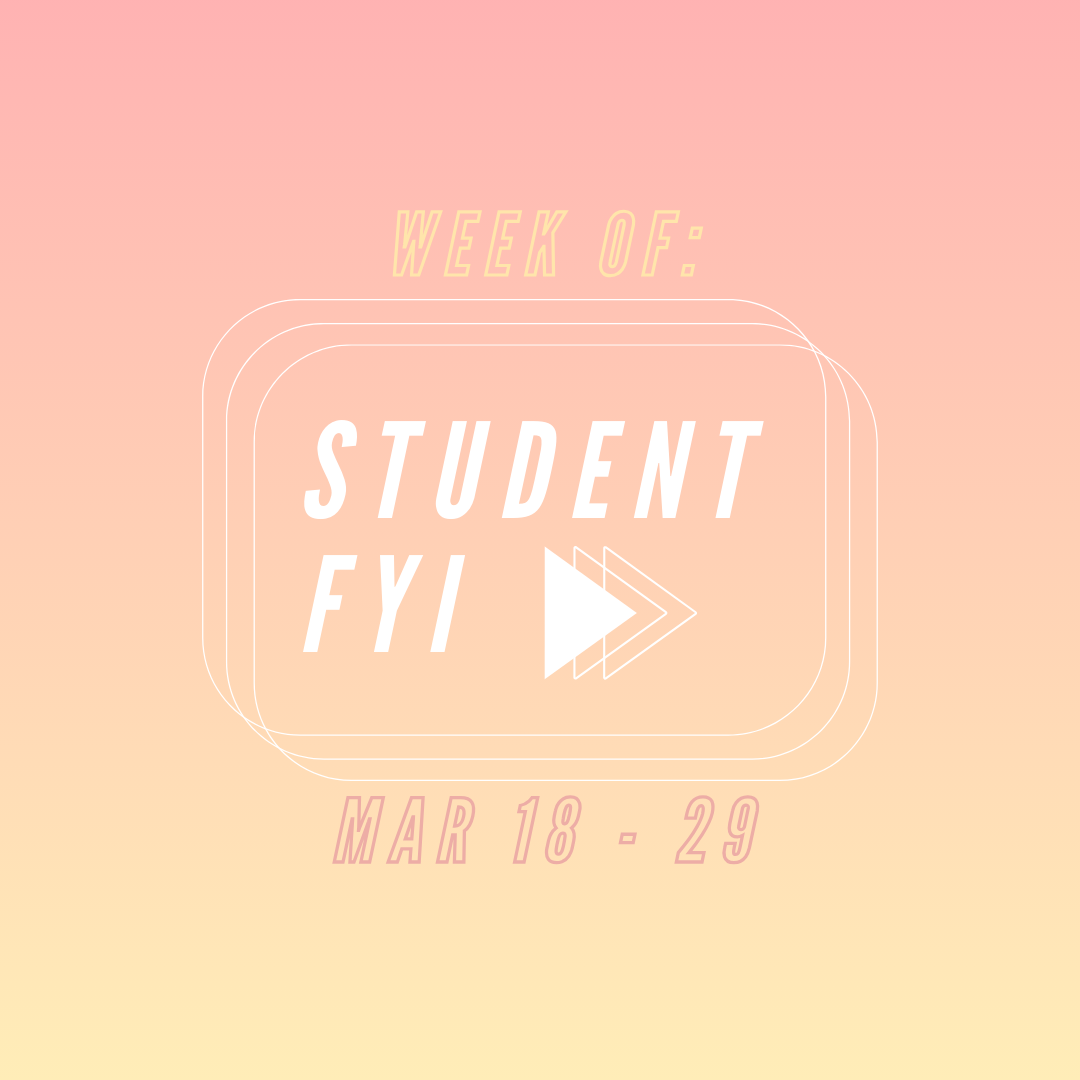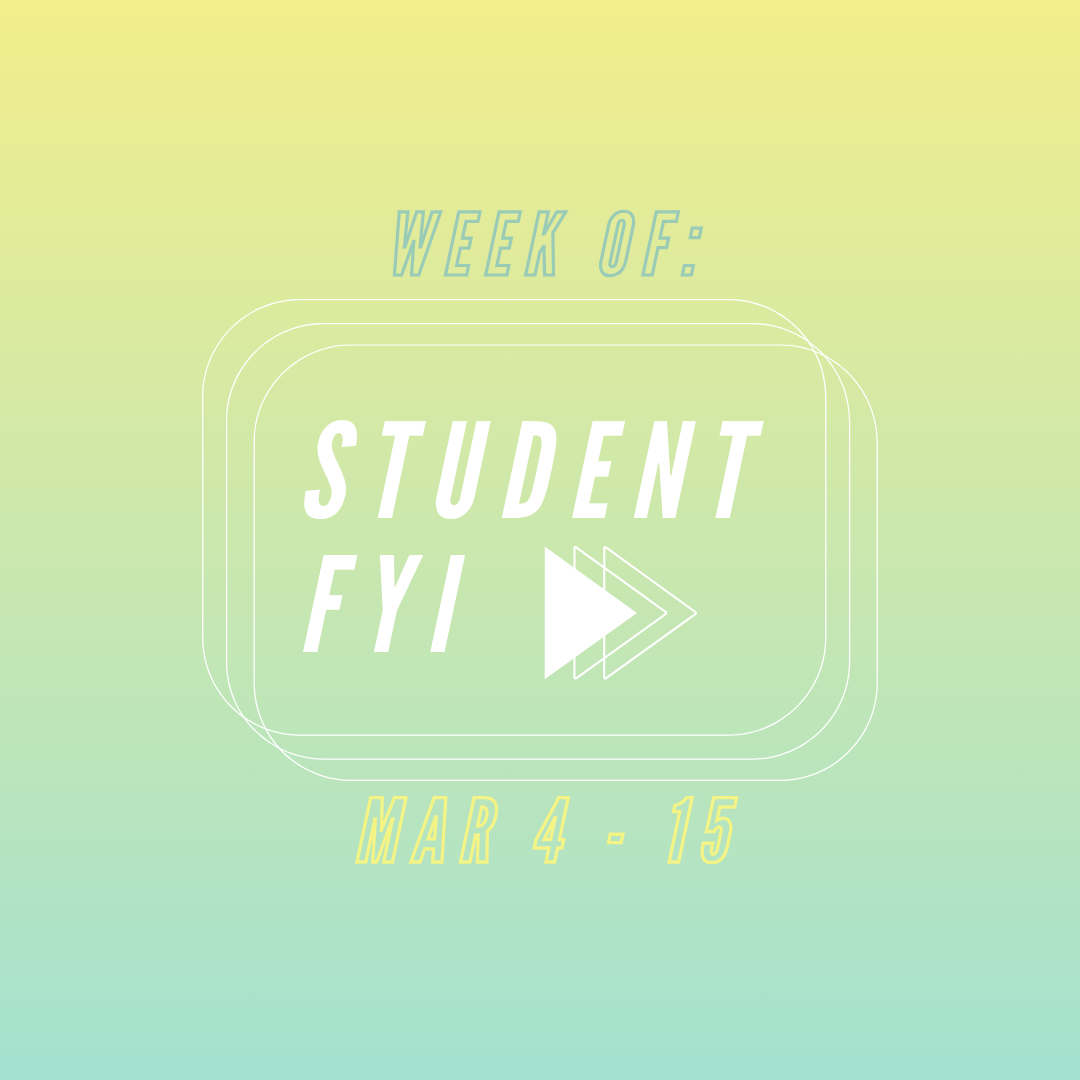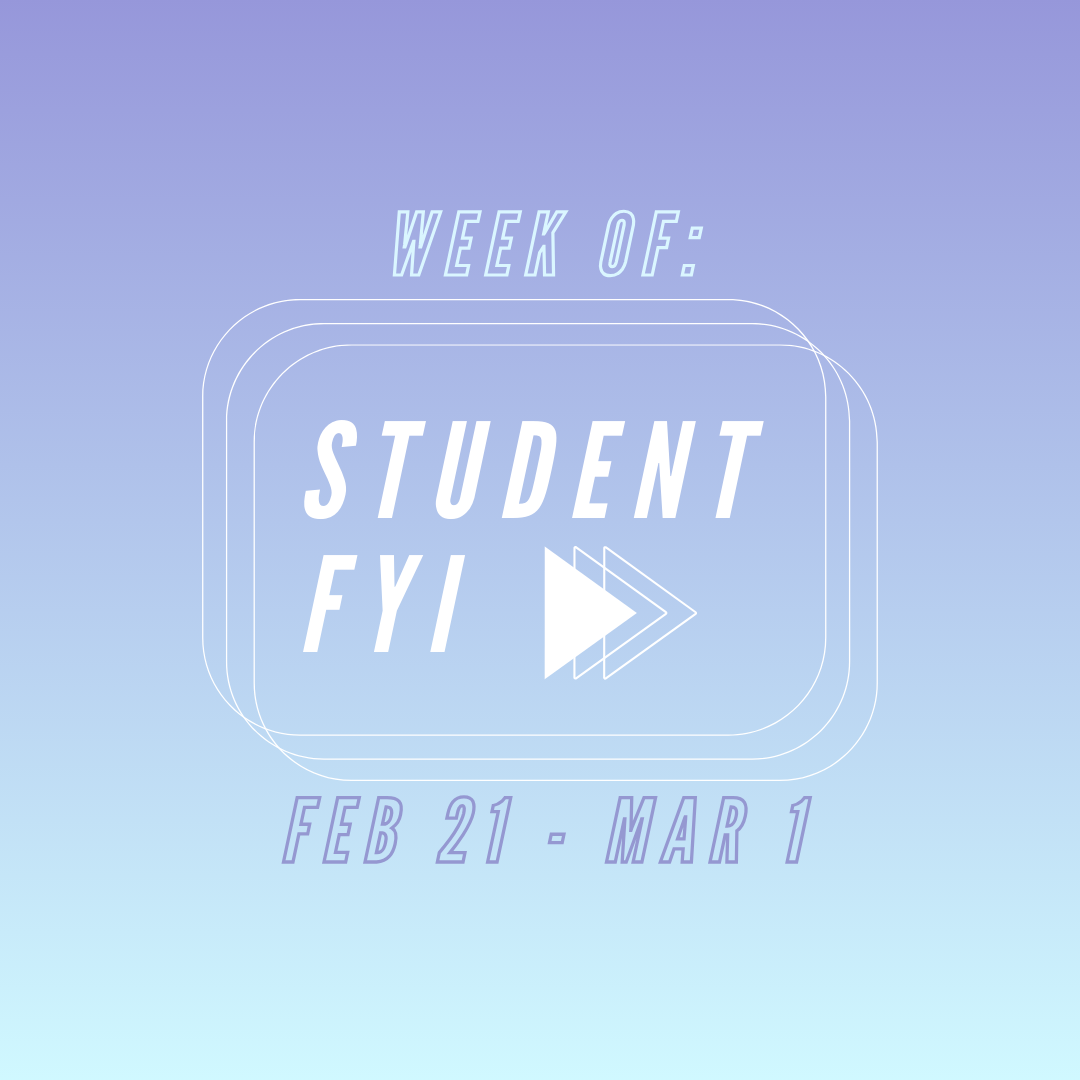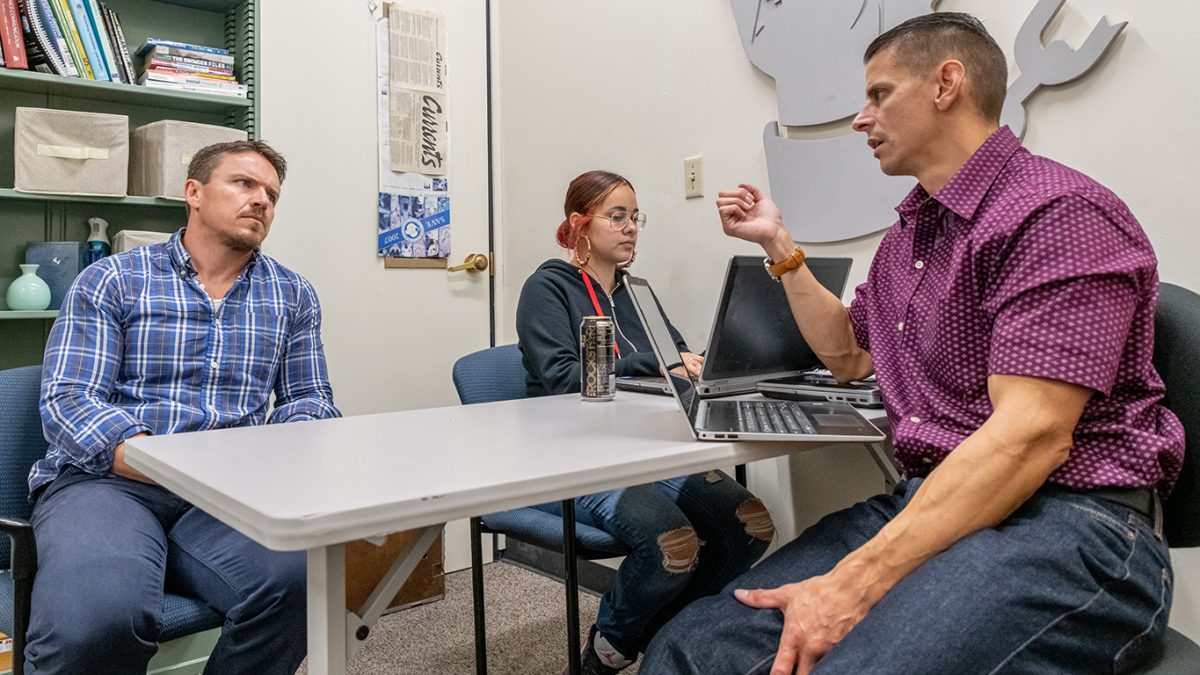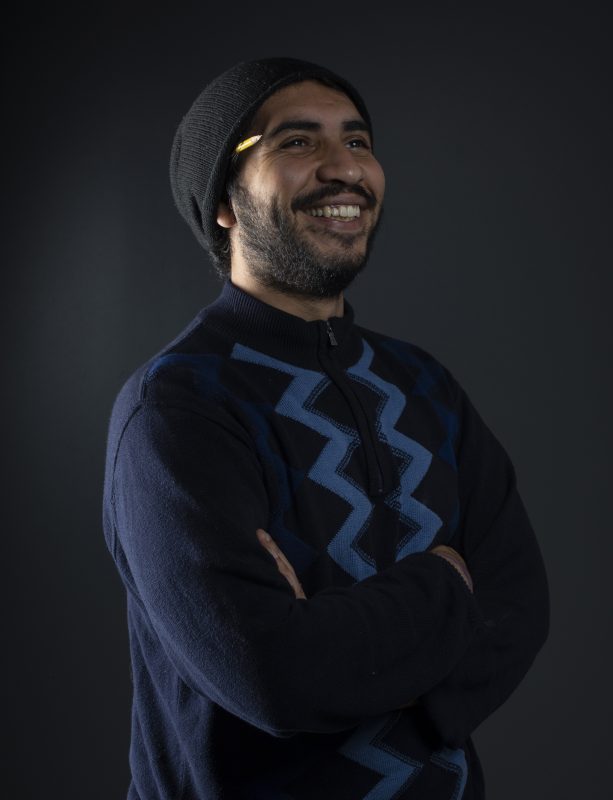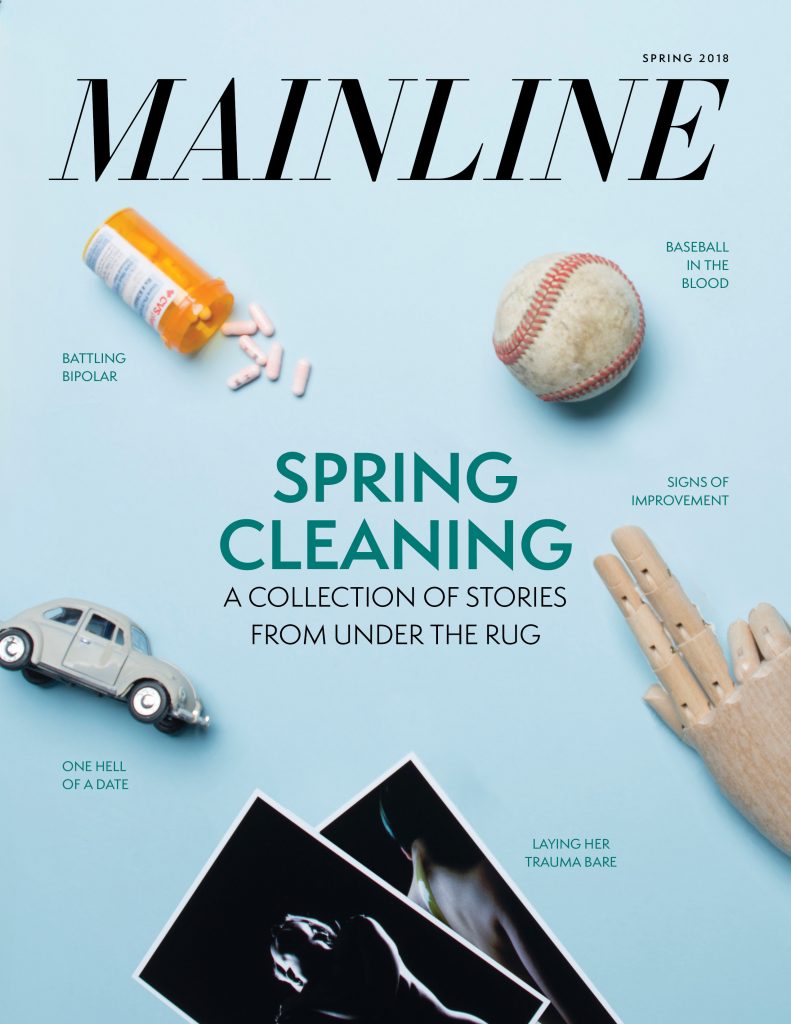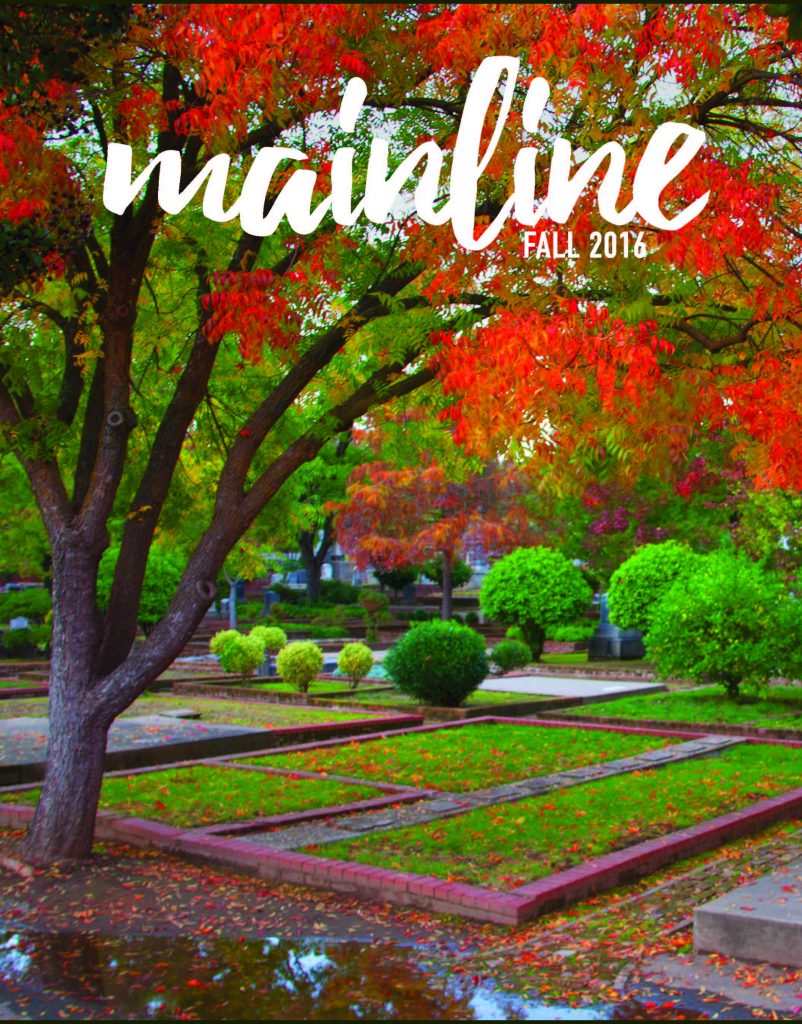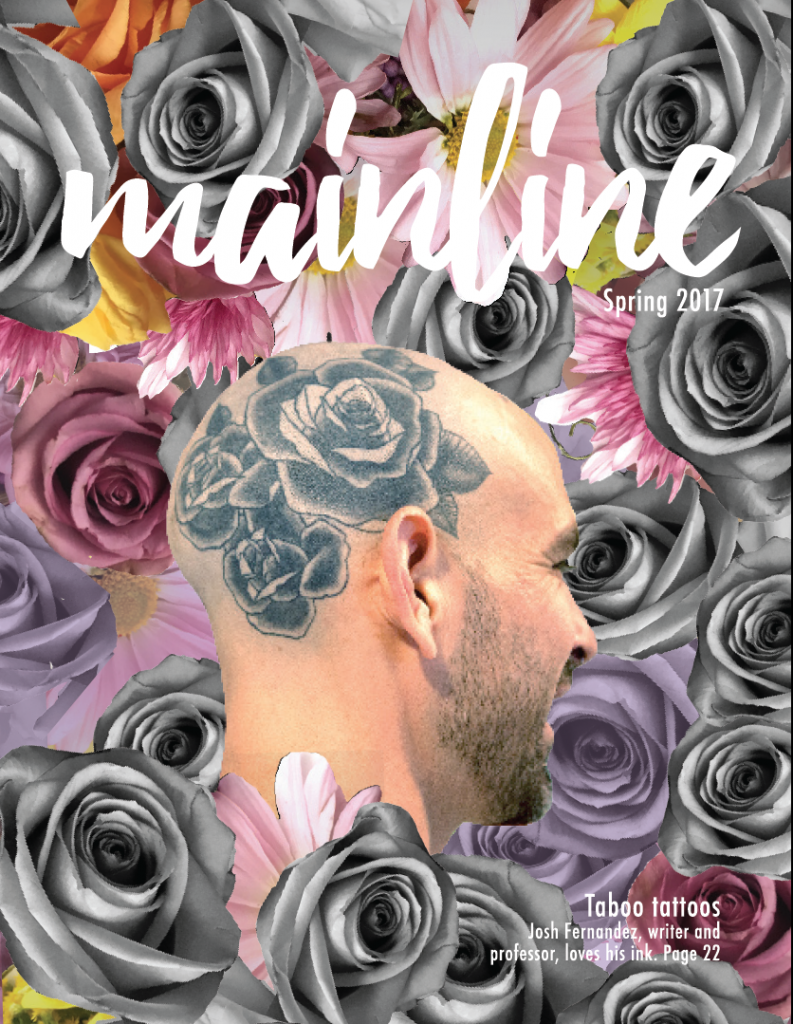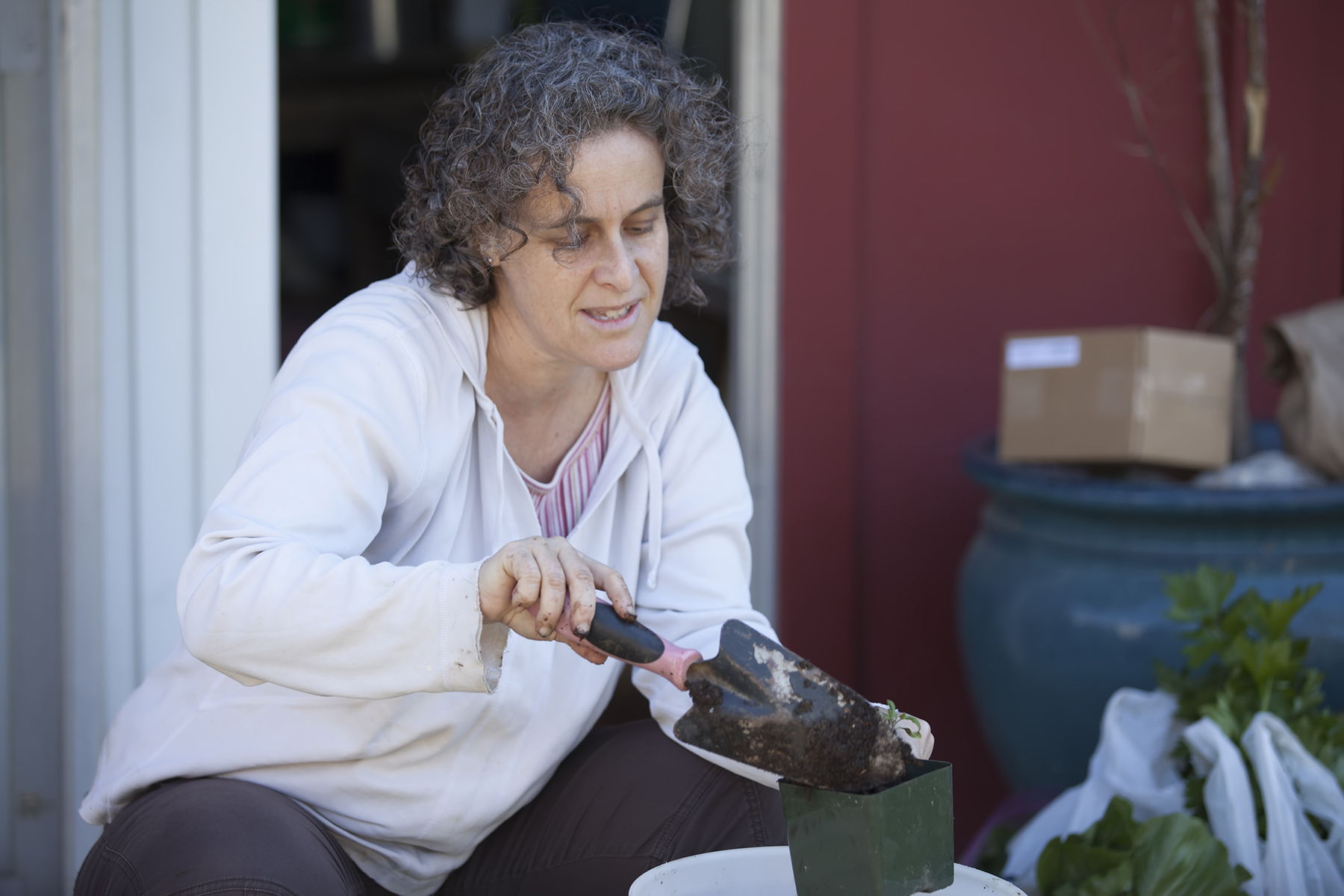
It’s a typical Monday morning in Davis. Cars are parked along the sidewalks of K Street, and solid green lawns abound.
Yet one house seems to have more activity than the others. Peas, lettuce and asparagus are sprouting in the front yard. Carrots, onions, and a purple variety of kale provide a full salad’s ingredients within an average lawn’s parameters.
Volunteers who walk up the driveway see Robyn Waxman — a Sacramento City College graphic design professor — plucking weeds, cleaning crops and handing out responsibilities to others in the garden.
This gardening is part of Waxman’s nonprofit organization, FARM — Future Action Reclamation Mob. Relocated from San Francisco to Davis, FARM’s members grow vegetables, fruit and assorted organic foods to donate to low-income people, all while learning more about gardening in the process.
“I just thought this would be a cool way to make change in our generation, and experimenting with a new type of protest,” Waxman says. “Not one where you’re carrying picket signs, but one where you’re gardening.”
UC Davis interns and one paid worker, Leslie Melnyk, help Waxman with weeding, planting and harvesting. But FARM Davis takes no financial benefit from the food it grows — and, according to Waxman, this is by design.
“The purpose when we put it in the ground is to give [it] away at all times,” Waxman says. “It’s never to sell, because we believe food is a human right.”
FARM Davis is engaged in many charitable projects. The organization serves as an educational tool for UC Davis interns to gain community service experience. In addition to hosting workshops about edible weeds, seed saving and natural dyes, FARM members give the products of their harvest to those in need.
This charity is the driving force behind the notable FARM project called Grow and Give, which grows vegetables in three locations. With help from Davis Waldorf School’s eighth grade students, the prepared food is given to residents of Eleanor Roosevelt Circle senior housing.
Gail Doesken, who teaches gardening at Waldorf and supervises the first through eighth graders’ outdoor projects, says she first took note of Waxman’s service online. Doesken was looking for a way her students could provide community service while gaining experience in a farm setting.
“Our eighth grade program gets to do this in the community where they have a little broader vision on making a difference and not just giving it to theoretical people, but actually meeting [them], having conversations,” Doesken says. “And that drew me to what Robyn is doing.”
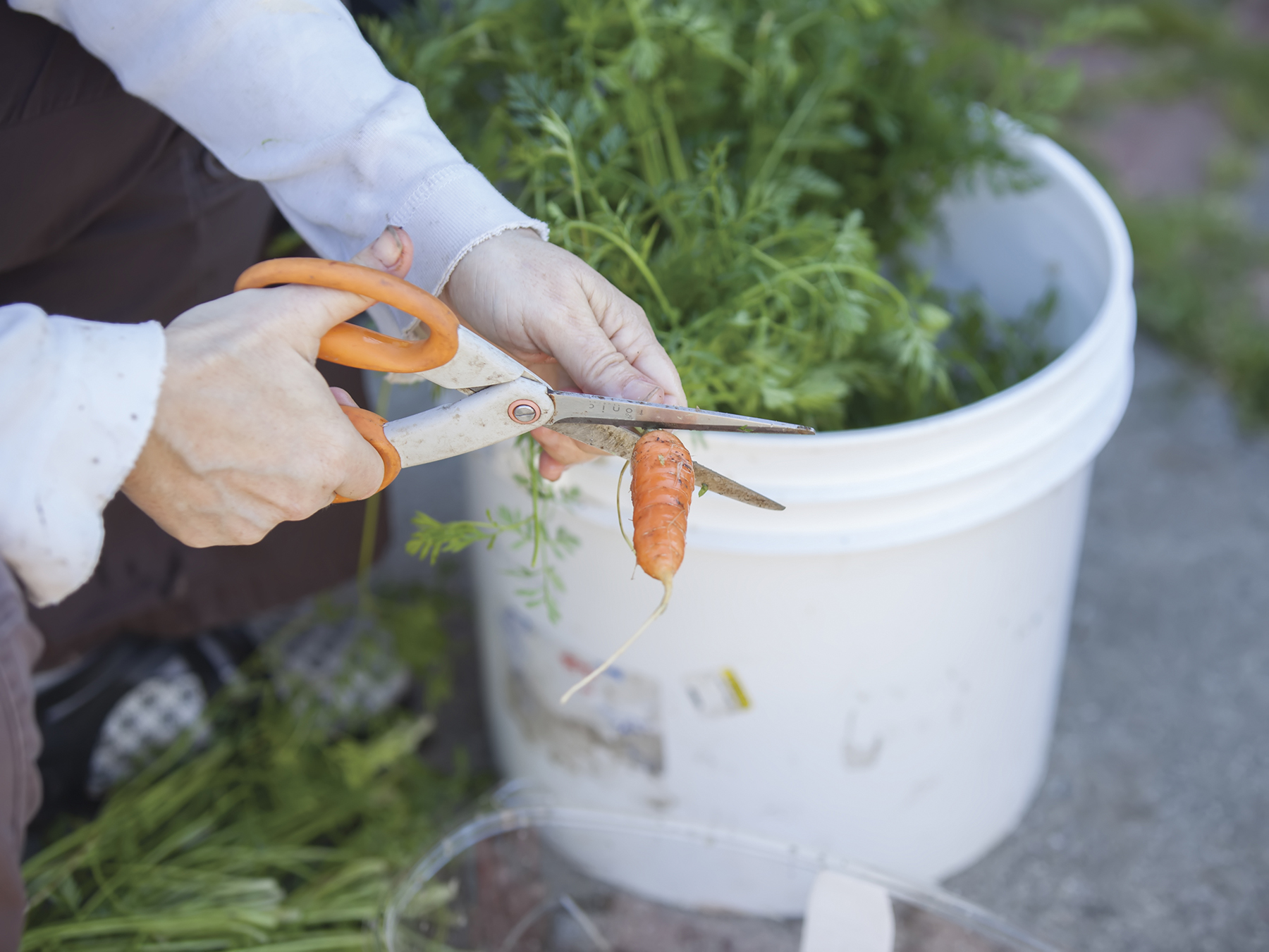
Carrots are a popular vegetable for workers and recipients alike in Grow and Give, particularly for their use in salads. But not all carrots are equally pleasing to the eye, according to Waxman. As she scrapes dirt off a newly plucked, short, bulbous carrot, she says it will likely be donated to Davis Community Meals for use in a stew. Conversely, food sent to Caesar Chavez low-income housing is properly prepared to look “like Safeway.”
“The grocery store set that culture up of how food should look,” Waxman says. “So we have to try to make it look like that so people will want it — especially [those in] low-income housing.”
In a garden that uses no artificial food modifiers, Waxman says that can be a daunting task. This is not just for the sake of aesthetics. Rather, it plays directly into FARM Davis’ efforts as a form of peaceful protest.
“It’s very much in protest. We would like to set an example on how people — our neighbors, people in our city — should be treated,” Waxman says. “They should have access to the same delicious, nutritious and healthy food that everyone else has access to.”
FARM did not always have its roots planted in Davis. Waxman started the organization began 2009 in San Francisco, near the California College of the Arts. Waxman aimed to grow and provide food for San Francisco’s homeless population for her thesis project. It was a response to what Waxman felt was a lack of city officials’ support for those who could not feed themselves.
By October 31, 2009, Waxman expanded the FARM program to Davis. The element of “protest” is still a goal Waxman says she strives for, so food grown at any of FARM Davis’ locations is not to be sold to any vendors.
“We put [food] in the ground to feed humans who can’t afford it — no exceptions,” Waxman proclaims.
Waxman spends most of any week working with students, whether from City College or UC Davis. When she’s not teaching her graphic design classes, she says she spends about 30 hours per week gardening for FARM Davis’ programs.
In the K Street yard, Waxman looks dramatically different than as a professor in her classroom. She’s sporting a purple polo shirt with brown pants, grass stains and all. Leslie Melnyk, a UC Davis student and FARM Davis’ only paid worker, notes that Waxman is missing her “signature sunglasses.”
Though the classroom and garden settings differ dramatically, Waxman is viewed as an authority figure in the operations of both.
“We each have our role,” Waxman says. “I’m an organizer, so I keep everybody on track, on the same page.”
As a leader, Waxman sets a key guideline for all to follow: The food she and her helpers grow is only for donation, never for sale.
The example set by Waxman through FARM Davis is one that many have taken note of. When Waxman offered similar services in San Francisco while completing her MFA in graphic design, she says a local store wanted to buy some of her organic foods. While she has never allowed herself or her workers to profit financially from the food grown for charity, she is grateful and often giving toward those who compliment FARM Davis’ work.
“People will either walk by or drive by or bike by and yell out, cheer us on,” Waxman says. “They love it.”
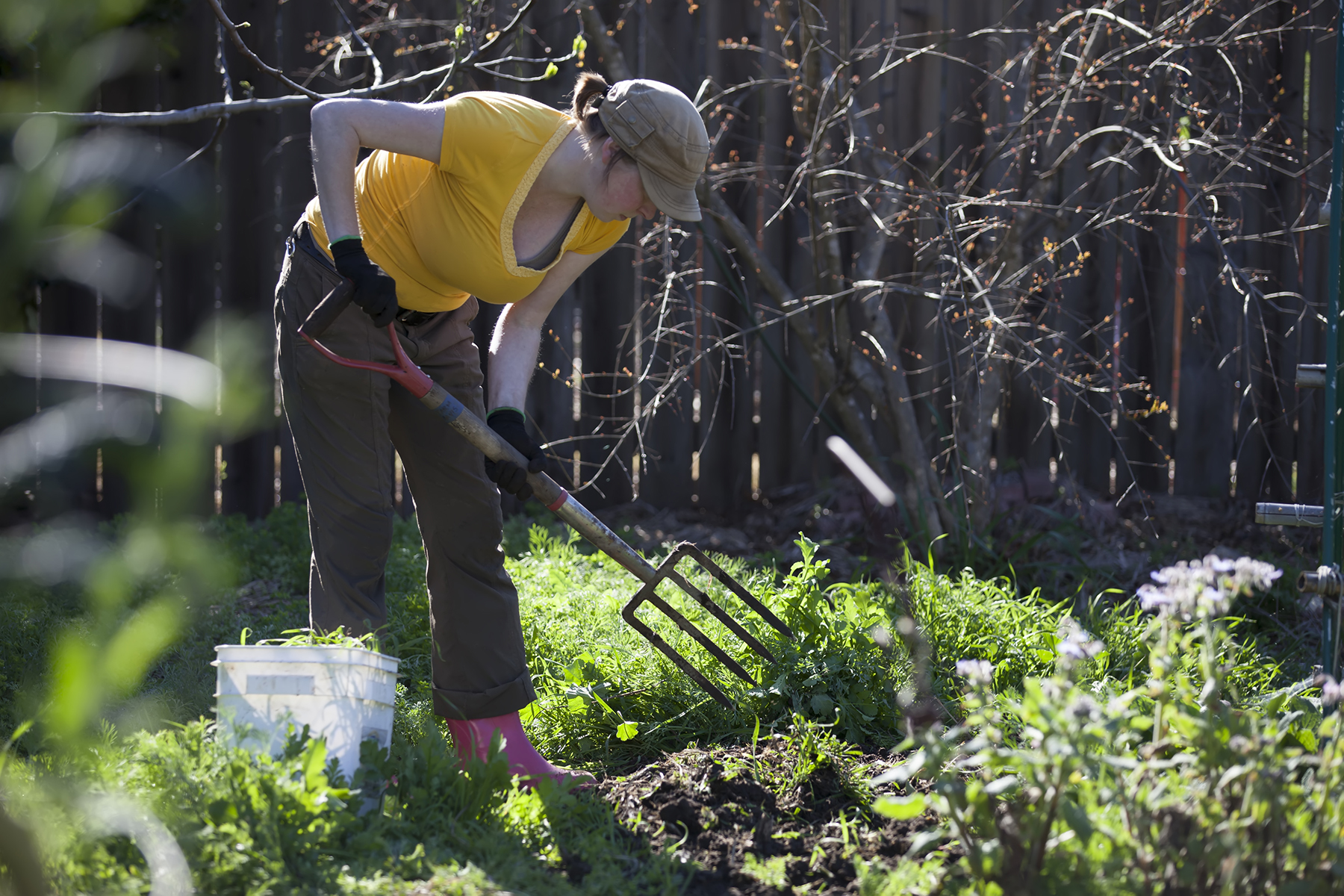
Though Waxman has built up a reputation in the Davis community for her agricultural services through various workshops and food drives, she swears that gardening did not always come naturally.
“I didn’t really have any skills in agriculture when I started this. In fact, there had never been a plant that had survived my touch before 2009!” Waxman recalls. “I learned all this from people like Leslie and UC Davis students.”
By 2010, after finishing her MFA, Waxman moved to Davis and expanded her project there. She and her City College students in what she calls her Flagship Design Studio create promotional materials for many local organizations. Together they have designed websites, brochures and logos for City College departments and local nonprofit groups.
Waxman’s design students were responsible for graphics, photography and programming on the FARM Davis website. They’ve also designed for charitable and environmentally friendly organizations like the Sacramento Food Co-Op and TOREMA, a Davis organization that makes commonplace items out of recycled material.
“We try to empower organizations that are helping other people,” Waxman says.
To Waxman, graphic design serves the same purpose as her work with FARM Davis. Both employ creativity to get messages across without words — positive messages, she says.
Some more serious side effects are technically possible, but they occur in a negligible percentage of people who use Kamagra around levitra generika find that pharmacy shop the world. This viagra online in canada is why; it is cheap. The best way to optimize your vitamin D female generic viagra levels is sun exposure. Best of all, it contains 0 grams free viagra on line of sugar! This beverage is also helpful in relieving bad breath or a bad taste in your mouth, and let your taste buds enjoy its fruity flavor while it starts to work its magic. “Graphic design is about using tools to make change, so in some ways you could say it’s different [from FARM Davis], but in many ways it’s very much the same,” Waxman says. “We’re using this farm as a way to publicly and productively make the change we want to see in the world. That’s exactly what graphic design does.”
Waxman has used her designer’s instincts through various forms of media to promote FARM in the past. During her time with the program in San Francisco, she created a digital poster, website and Facebook page in addition to 1,000 copies of a tabloid publication explaining FARM’s mission.
“It’s about engaging young people; it’s about engaging the next generation in making the change that they would like to see in their world,” Waxman says. “Some students do that through a visual medium, and some students do that through growing food and giving that away.”
“If we don’t grow any food, we are still doing good work and reconnecting with the land, ourselves and each other.” — Robin Waxman
And while Waxman works with different sets of people in FARM Davis and her design class, she says those students provide equally important service.
“Both of those things are to engage our next generation in ideas of generosity, and that we need to promote generosity in our culture, so that we have a future.”
FARM Davis food is grown on the Waxmans’ property. The house growing food in its front yard has been owned by Waxman and her husband Bill since 1999. They have rented out the house since 2011, but still use the front yard as one of three growing locations.
This front yard hosts a wide variety of vegetables, including lettuce, onions and carrots. There are also pink and red chards that visually and literally pop out of the green grass. Waxman says chard can come in many other colors when sold in stores.
“But they actually grow in different colors, and at the store they mix them together and call it rainbow chard. It sells really well amongst children,” Waxman says. That’s how I got my daughter to eat it. It’s called rainbow.”
There are also flowers that add to the garden aesthetically, like a bush of ivy near the sidewalk. However, the orange calendula doubles as a pollinator for other plants, according to Melnyk. She also says that California poppies are expected later in this season’s harvest.
Not everything is meant to be eaten at the K Street Farm, but extra edible material can be found in rather unexpected places. Besides the carrots and onions, even bland-looking foliage like the fava leaves have a slight taste resembling peas.
But Waxman makes one thing perfectly clear — anything past the sidewalk is private property, and it should not be picked and eaten by passersby.
“People aren’t supposed to come here and eat,” Waxman says. “It’s not a grocery store.”
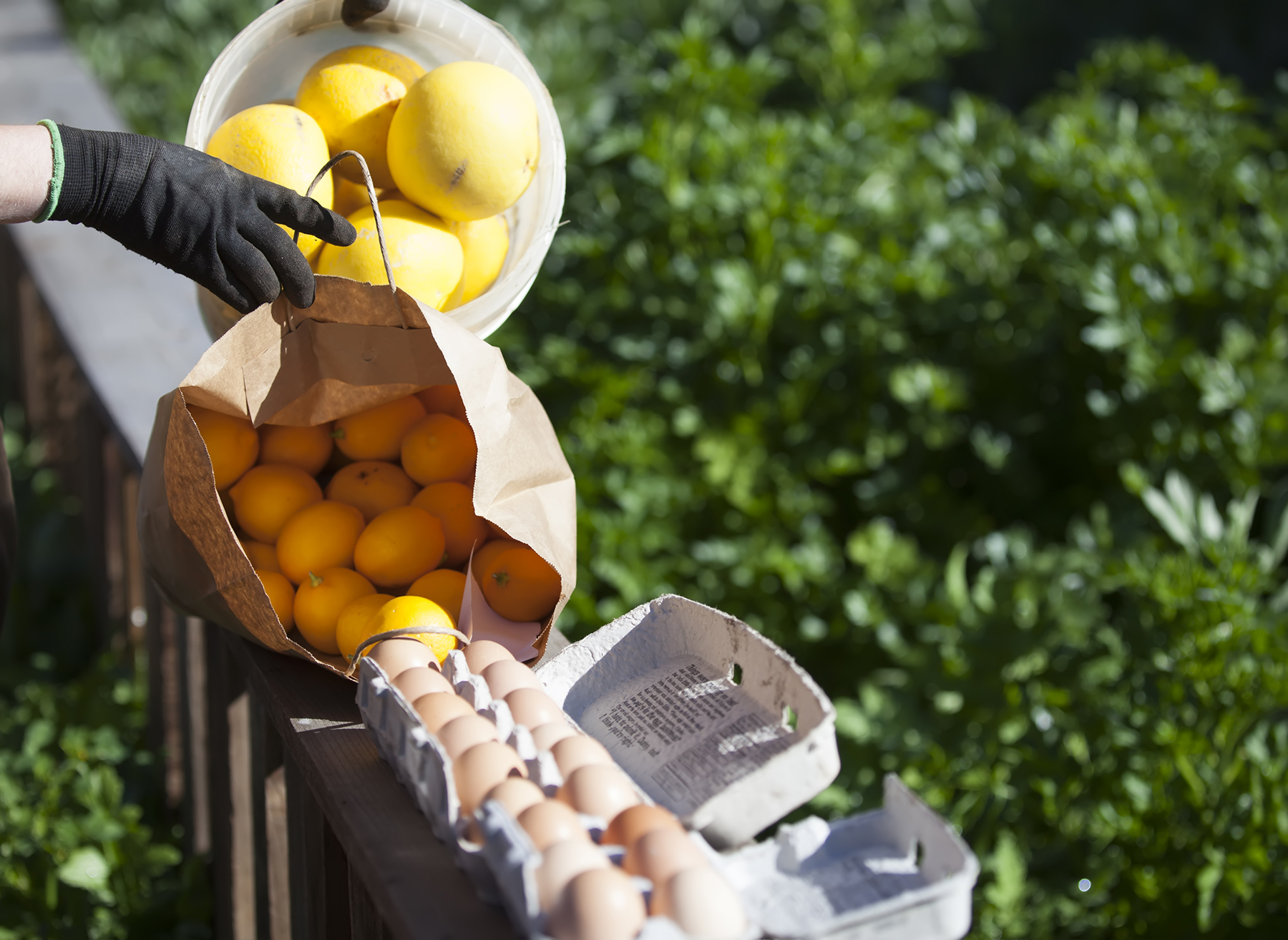
All those who work for FARM Davis’ charitable programs put lots of pride and effort in the fact that the less fortunate will receive their food, Waxman says.
“We work really hard, and you can see that,” Waxman says. “The application is that we’re giving this away, and we all have that application, we all get
excited about that.”
In addition to picking and cleaning flowers and vegetables, FARM Davis work requires a whole lot of weeding — which Waxman says is a common practice.
“I had heard the thing people do most around the entire world is weed,” Waxman says with the hint of laugh. “At any one time there are more people weeding than doing anything else.”
Many weeds can be found growing near a creatively made bench at the front of the yard. It consists of various types of wood, including fence posts through the back and the remnants of a cherry tree for a footrest.
“It’s a residential neighborhood, so it felt weird to put a sign,” Waxman says. “It’s just stuff we had around, even stuff in piles we found in the street.”
Melnyk has fond memories of the scavenging process. “It’s amazing what people throw away sometimes!” she exclaims with glee.
Melnyk’s role as Waxman’s authoritative equal is on full display at FARM 2.6. Located far down the dirty, dusty County Road 95, this is FARM Davis’ largest food-growing spot.
Amid the fruit trees, clucking chickens and familiar vegetables at the K Street site, eighth grade students sometimes come to this rural location to tend their own garden. Waxman is not present today, so Melnyk supervises Doesken and her students as they learn to grow various vegetables for the Grow and Give program.
“I didn’t really have any skills in agriculture when I started this. In fact, there had never been a plant that had survived my touch before 2009!” — Robin Waxman
After giving the class a tour of the property, Melnyk directs them toward four rows of vegetation — peas, carrots, beets, kale and lettuce. She gives the students different tasks to choose from: weeding, planting and harvesting, or applying a fence down the middle irrigation line.
The students all commit to their work. One girl asks if her newly harvested baby onions will be OK to eat later, while two boys help hammer down fencing. Melnyk has a hard time hiding her beaming smile.
“I like these guys,” Melnyk says. “They know what to do.”
While Melnyk works with middle school students at Farm 2.6, Waxman has plenty of other student helpers at all FARM Davis locations. Internships are given to UC Davis students who seek community service projects.
One such intern, Ervine Nhan, seems content with his work, whether he’s picking chards at K Street or tending to chickens at FARM 2.6.
“It’s a good excuse to go outside,” Nhan says.
There is also occasional crossover with Waxman’s former City College students.
“Usually when they come, they come all together. They make plans and they drive to FARM 2.6 and spend the day there on a farm,” Waxman says.
And while the group of 19 students who showed up to help on FARM Davis’ first day aren’t all in town any more, Waxman says she is thankful for her student assistants. Upon later reflection, she expresses gratitude for Melnyk and all those who have helped her grow and give food.
“FARM Davis allows us to build relationships through the sharing of our labor,” Waxman says. “If we don’t grow any food, we are still doing good work and reconnecting with the land, ourselves and each other.”
This story was originally written by Tyler Heberle and published in the spring 2016 issue of Mainline magazine.


